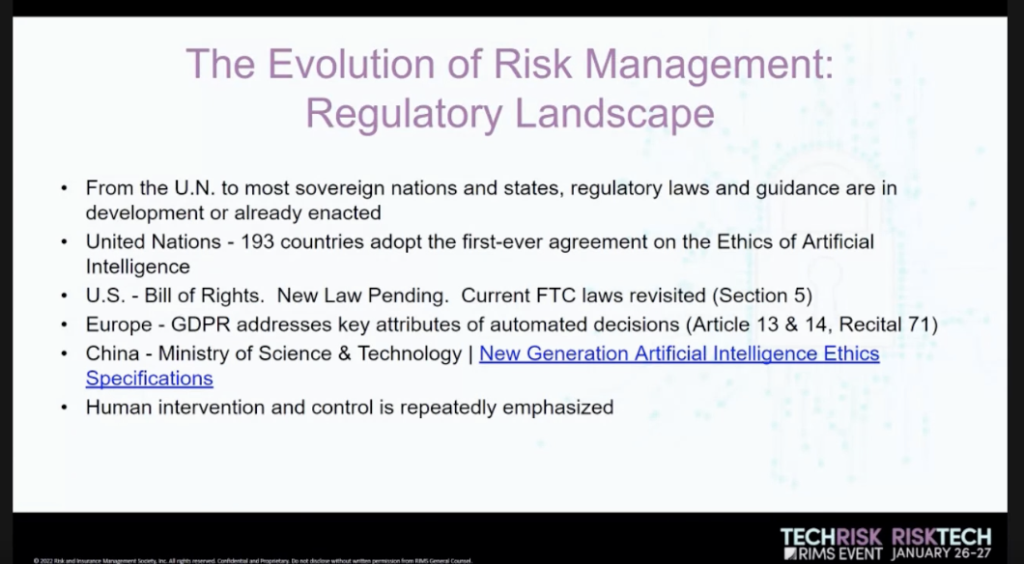Cybersecurity should be a top priority for organizations today, especially as employees continue to work remotely without business-grade protections. In the age of COVID-19, businesses are more vulnerable than ever. Whether it is phishing scams or malware, hackers are constantly finding new ways to attack businesses. In fact, in March 2020 alone, scams increased by 400%, and have continued to increase since then.
It is vital that employers protect their organizations and employees from cyberattacks, especially now. As new scams develop, businesses must create new ways to stave off hackers. Many steps can be taken to implement—and enforce—security measures as part of daily procedures for employees. By focusing on just three strategies, organizations can help better protect themselves from phishing scams and other cyberattacks.
1. Create a Comprehensive Plan
As organizations transitioned to remote work, employers had to make foundational shifts to adapt. The same is true for security threats. Cybersecurity measures need to become part of everyday routines and tasks. This means creating a plan to protect all assets and boost security in business processes.
Each organization’s security strategy also needs to align with its specific business risks. Performing risk assessments will allow employers to determine where they need to invest in cybersecurity. It is important to identify key digital assets within networks and personal devices so that employers can determine how to best protect them.
Once an organization’s risks are assessed, it can create a plan to suit these needs. For example, a cybersecurity strategy may include secure remote access or virtual private networks (VPNs), especially for virtual workers, to protect devices from threats posed by public internet connections. Other strategies include implementing multi-factor authentication, assigning access permissions to employees and maintaining regular backups.
2. Prioritize Investments in Cybersecurity
Protecting an organization requires the proper tools. A trustworthy security framework is a vital aspect of managing risks. For many remote or hybrid workplaces, areas like cloud and or software as a service (SaaS) security are top of mind. To manage and protect these environments, organizations should shift to software-defined networking (SDN) with secure access and/or secure service edge capabilities.
Firewalls are also an important aspect of security, as they place a barrier between trusted internal networks and the outside world. Maintaining end-to-end security has become even more difficult in the age of remote work.
Investing in threat-monitoring and endpoint protection tools can also help. While there is no silver bullet to combat the myriad threats, layering cybersecurity methods helps create “defense in depth,” better positioning the organization to face whatever specific cyberrisks may be exploited next.
3. Take the Time to Train Employees
Strategy and security are futile without proper training. Organizations must commit to continuously training employees so that they are not only aware of what cyberattacks to watch for, but what to do if they notice something. This means ensuring that employees are comfortable reporting scams. By starting training during onboarding and conducting it regularly as scams evolve or emerge, workers can shift from liabilities to assets.
Cybersecurity training ranges from phishing testing to password and device management. Employers must teach workers to update their systems, be cautious with external devices like flash drives, and practice physical device security.
Reaction is just as important as prevention. Organizations should have a plan for employees if they fall victim to a scam or notice something unusual so IT or information security professionals can solve the issue as quickly as possible and mitigate the damage.
Ignoring cybersecurity is a huge risk, as cyberattacks can have serious consequences for businesses and their customers, suppliers and partners alike. It is critical to develop a strong cybersecurity strategy and invest in resources and training. Security is continuing to increase in importance as remote work remains and threats rise. By understanding the issues, challenges and potential threats of a cyberattack, organizations can determine what steps and precautions can be taken to decrease the likelihood of a cyberattack in the future.

